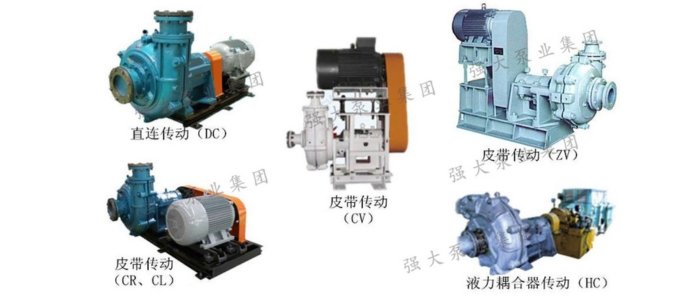Calculation method
For a crystalline slurry pump handling a medium with the following specifications: flow rate of 1050-1207.5 m3/h, 16-30% solids content of NaCl and KCl solution, medium density of 1.389. The inlet pipeline length is 3m, with an elevation difference of 5-8.5 from the pump inlet to the liquid level. The outlet pipeline is 80m long with a height difference of 21m, including two valves, five elbows, and one pipe with varying diameter.

Two proposed solutions are provided, and through calculations, it is concluded that it is recommended to choose a motor model YVF355-6/250KW/690V/IP55/F.

The slurry pump curve is the collection of operating points at different speeds. Characteristic curves include the flow-head curve (Q-H), flow-efficiency curve (Q-η), and flow-cavitation allowance curve (Q-(NPSH)r). The purpose of these performance curves is to observe the operating state of the actual working points in the selected slurry pump and assess performance indicators.
For light abrasive slurry, the selection should be close to the high-efficiency point, while for heavy abrasive slurry, the selection should be to the left of the high-efficiency zone, emphasizing operation in the medium and small flow zones. This is achieved by undertaking greater surface area to bear the scouring of the slurry, thereby extending the pump’s lifespan.
Drive mode
Installation methods include direct drive, belt drive, V-belt, and hydraulic coupling transmission.

The Kingda Pump Group keeps pace with the times by adopting digital management systems such as PLM and U8ERP to enhance fine management levels. Moving from departmental-level informatization to comprehensive informatization, it covers research and development, raw material procurement, production, inventory management, product sales, after-sales service, and cost control. The comprehensive application of the information system improves inter-departmental collaboration efficiency, basic business processing efficiency, data collection efficiency, and financial accounting efficiency.
Through the implementation of information systems, information silos are gradually eliminated, and enterprise basic management data, including inventory files, BOM lists, process routes in PLM, and customer files, supplier files, inventory files in ERP, are perfected. Contract information is also incorporated into the ERP system for management, greatly improving production management efficiency.”


